Women’s Living Room of the Jongga
The jongga where the eldest grandson and his wife spent the first four years of their marriage became a museum showing its private inside to the public. They are still strongly attached to the old house, because all the household stuffs in it were handed down from generation to generation and used personally by them. Even though some parts of the jongga have been renovated for the convenience of residents, it still has a fine appearance and keeps its dignity. Visitors are desired to look around how the women's living room has been preserved and managed by the historic family and its eldest daughter-in-law.

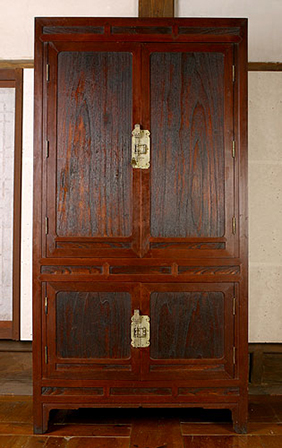
Wardrobe for Official Outfits
85.8×47.7×167cm
The wardrobe is one of articles brought with the great grandmother of Yi Seunggyu when she was married. This wardrobe made of paulownia tree gives simple and neat impression, making the best use of wood grain as it is with lacquer finish only and finishing with nickel door pulls.
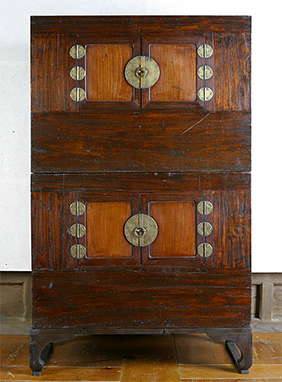
Armoire Made of Paulownia Tree
78.0×41.9×17.0cm
The armoire made of paulownia tree is what the great grandmother of Dr. Yi Seunggyu used. It was used as storage for daily supplies as well as clothes. The armoire features the bisymmetrical hinges and door-pull adornments, and the structure that two small chests are stacked up.
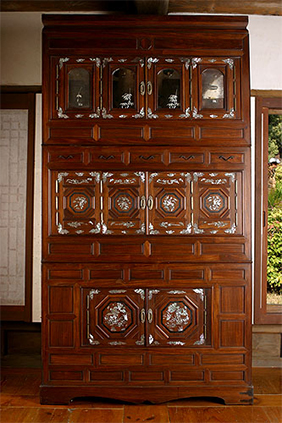
Three-storied Rosewood Cabinet Inlaid with Mother-of-pearl
79.3×41.1×54.7cm
The three-storied cabinet that the mother-in-law of Ham Geumja brought with her as an article essential to marriage is characterized by its red color and solid grain. With drawers and doors, it features high efficiency of space usage. What make it more impressive are the leaf-shaped adornments attached on each story.
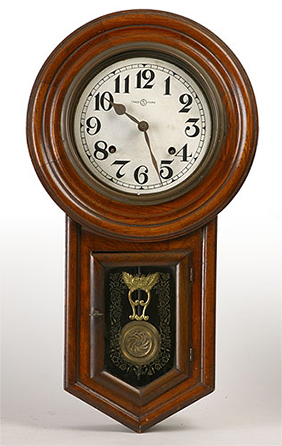
Clock
20×53.5×9cm
The wall clock had been hung on a wall of the main floored room of the jongga since pre-1965. In the past days people looked enviously at this kind of clock and often dropped by the house for checking the right time so as to be in time for the bus. At present, however, the clock is at a standstill and is housed in the jongga's storehouse. The part of cabinet enclosing the pendulum clock especially combines the neatness, elegance, and antiqueness very ably.
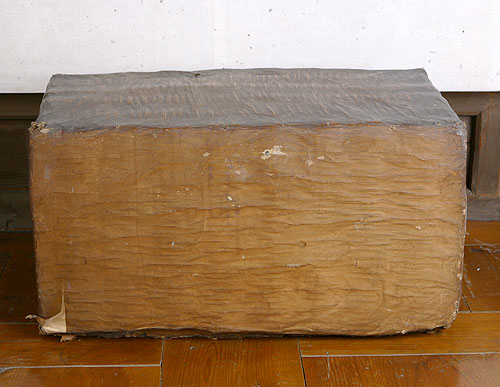
Wicker Trunk
60.5×36.5×33.0cm
The wicker trunk has been used to house the autograph letters and documents of Ori Yi Wonik. As a precious relic of the jongga, the wicker trunk, looking plain and simple as much as what Ori Yi Wonik was, bears dignity so as not to open it rashly.
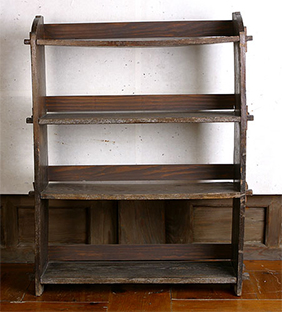
Book Shelf
22.1 × 69.2 × 94.9㎝
This is the book shelf that the thirteenth-generation eldest son of Yi Wonik used. It clearly shows that it was made by planning and assembling all by hand, even without nailing. Keeping the wood grain and bare frame uncovered, it looks more stylish than artificially shaped modern ones.
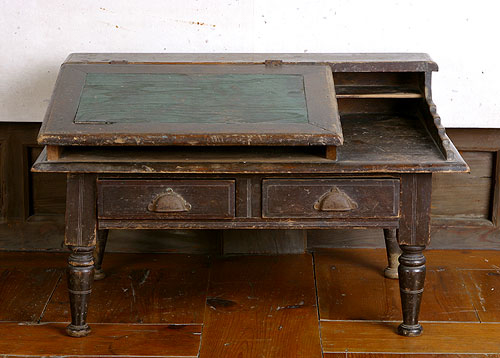
Desk
72.9×47.1×43.8cm
The desk is what was used by the eleventh-, twelfth- and thirteenth generation eldest sons of Yi Wonik in their childhood. The desk used through the three generations dates up to the period of Japanese Occupation. Its legs and drawers show a different style of the period from the Korean traditional furniture. The desk was designed for the sake of user's convenience, that is, to make it convenient to put a book on it.
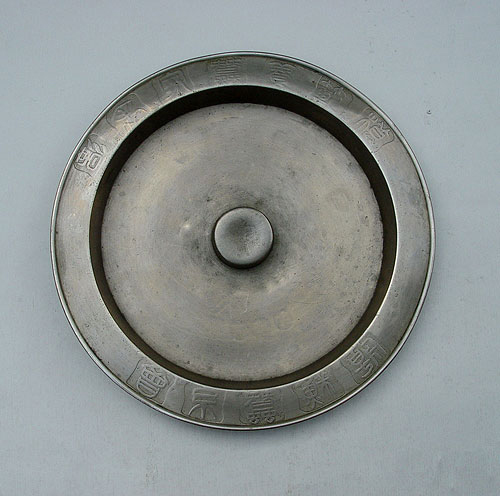
Nickel Ashtray
23×2cm
This nickel ashtray was used by the great grandmother of Dr. Yi Seunggyu.
What is unique is a projection in the center of the ashtray; since a smoking pipe is filled with hard ash after smoking, cleaning the ash off is needed for another smoking. The projection made it convenient to empty the ash out; however, it came to be no use today as smoking pipes disappeared.

Charcoal Iron
19×8×20.1cm
This is a charcoal iron used since the 1900s. Although it is not that different from today's, the iron is rather heavy to a woman. The iron was used by putting charcoal inside. Its well-thumbed handle seems to demonstrate its antiquity.
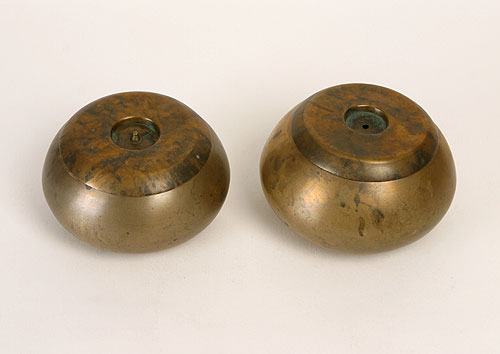
Palanquin Chamber Pot(尿堈)
14×8cm
The palanquin chamber pot is a small chamber pot placed within a palanquin. It is extraordinarily small and cute unlike other chamber pots. A brass chamber pot used to occupy a corner of a room or floored room during the winter until porcelain chamber pots replaced them during the period of Japanese Occupation.
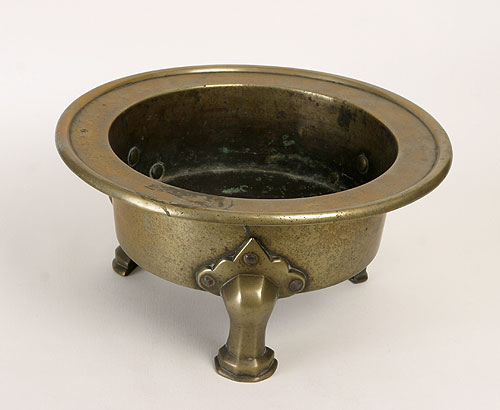
Brass Fire Pot(火爐)
35×17.5cm
It is a brass fire pot to contain charcoal. The fire pot was brought with the great grandmother of Dr. Yi Seunggyu as an article essential to marriage. Taking space in the main room, it was used for various uses: not only as a heater to keep a flame but also a stove for cooking and even for heating a small iron. Even though it has a thick wall to bear the heat of charcoal, it does not give a heavy unshapely impression.



















